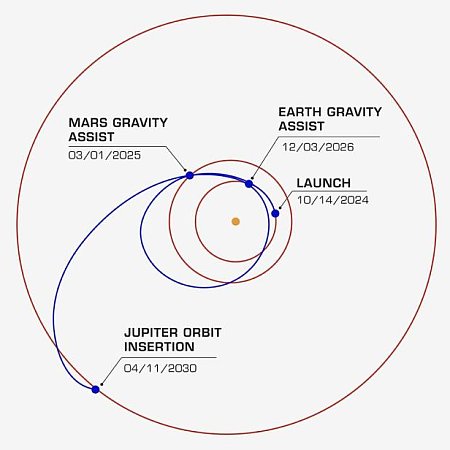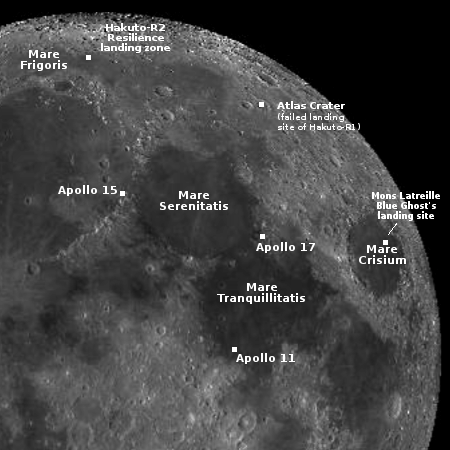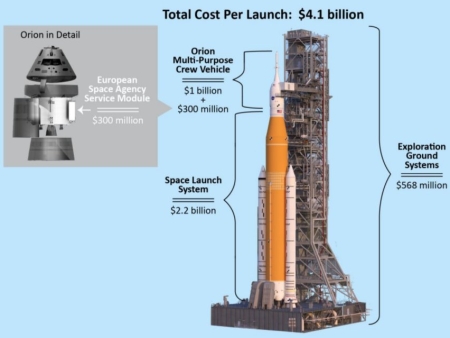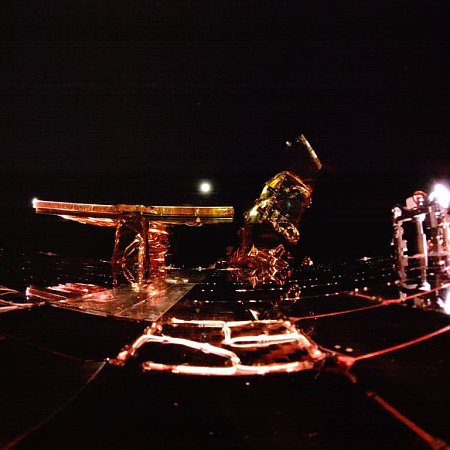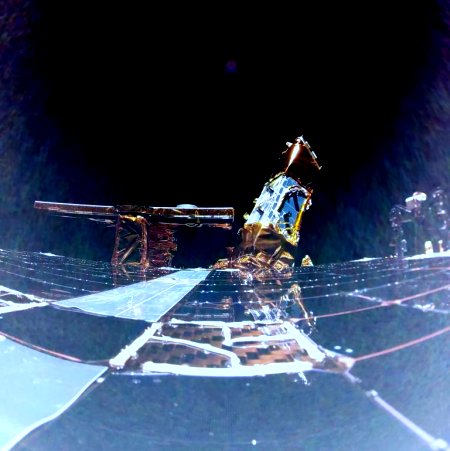House committee holds hearing to protect its Artemis pork
The space subcommittee of the House science committee yesterday held a hearing which appears to have been mostly designed to protect the Artemis pork that both parties have been funding for decades, designed not to get us into space but to funnel tax dollars into their districts.
The hearing had only two witnesses, one pro-SLS (Dan Dumbacher) and one only very slightly skeptical of it (Scott Pace). Both these men have been deep members of the Washington swamp for decades, and both made it clear that funding should continue for SLS, at a minimum through the third Artemis launch, presently scheduled for ’27, a launch date so uncertain no one should believe it.
NASA had been invited to send a witness, but it apparently declined to do so.
Pace, the supposedly skeptic of SLS, has actually been a big supporter for years. As executive secretary for Trump’s National Space Council during Trump’s first term, he consistently advocated big space and NASA-built rockets, showing continuous skepticism of commercial space. Even now, his suggestion that SLS be reconsidered after that third launch was very hesitant.
Essentially, this committee hearing was called by these congress critters to advocate the status quo, which is likely why NASA declined to send a witness. Why give them a chance to blast any potential or major change in Artemis and have the propaganda press savage NASA and the Trump administration with negative soundbites?
The space subcommittee of the House science committee yesterday held a hearing which appears to have been mostly designed to protect the Artemis pork that both parties have been funding for decades, designed not to get us into space but to funnel tax dollars into their districts.
The hearing had only two witnesses, one pro-SLS (Dan Dumbacher) and one only very slightly skeptical of it (Scott Pace). Both these men have been deep members of the Washington swamp for decades, and both made it clear that funding should continue for SLS, at a minimum through the third Artemis launch, presently scheduled for ’27, a launch date so uncertain no one should believe it.
NASA had been invited to send a witness, but it apparently declined to do so.
Pace, the supposedly skeptic of SLS, has actually been a big supporter for years. As executive secretary for Trump’s National Space Council during Trump’s first term, he consistently advocated big space and NASA-built rockets, showing continuous skepticism of commercial space. Even now, his suggestion that SLS be reconsidered after that third launch was very hesitant.
Essentially, this committee hearing was called by these congress critters to advocate the status quo, which is likely why NASA declined to send a witness. Why give them a chance to blast any potential or major change in Artemis and have the propaganda press savage NASA and the Trump administration with negative soundbites?


